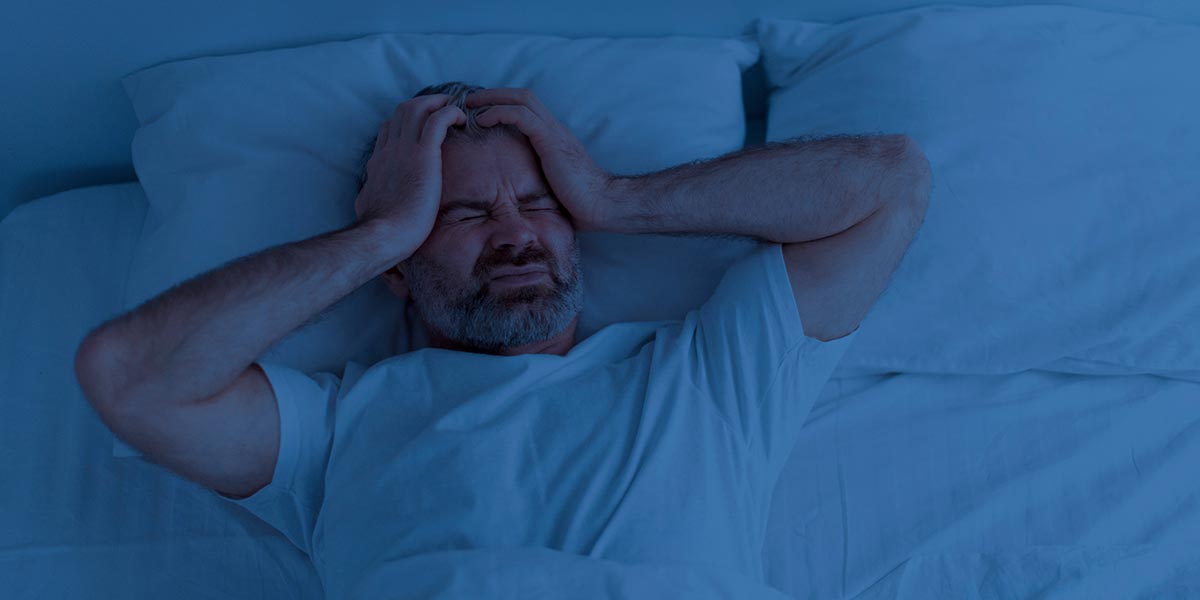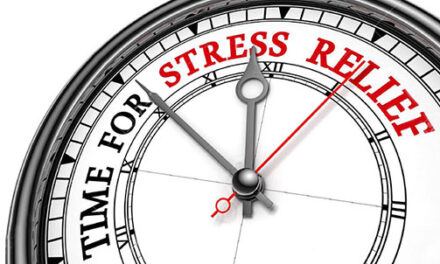The Scope of Obstructive Sleep Apnea in the United States
Obstructive Sleep Apnea (OSA) is a prevalent and serious health condition affecting millions of Americans. Characterized by repeated interruptions in breathing during sleep, OSA can lead to significant health complications if left untreated. According to the American Academy of Sleep Medicine, approximately 25 million adults in the United States suffer from OSA [1]. These interruptions, or apneas, can last from ten seconds to one minute and occur multiple times per night, severely disrupting sleep quality and overall health.
OSA is associated with a range of adverse health outcomes, including cardiovascular disease, diabetes, stroke, and increased mortality risk [2]. The condition also contributes to daytime fatigue, cognitive impairment, and reduced quality of life, highlighting the importance of effective diagnosis and treatment [3].
Treatment Modalities for Obstructive Sleep Apnea
Various treatment options are available for OSA, each with its own benefits and drawbacks. The choice of treatment often depends on the severity of the condition, patient preference, and specific anatomical considerations.
Continuous Positive Airway Pressure (CPAP) Machines
The most commonly prescribed treatment for OSA is the Continuous Positive Airway Pressure (CPAP) machine. CPAP devices deliver a steady stream of air through a mask, keeping the airway open during sleep. This prevents apneas and ensures a continuous supply of oxygen to the body.
Benefits of CPAP:
- Effectiveness: CPAP is highly effective in reducing or eliminating apneas, improving sleep quality and reducing associated health risks [4].
- Symptom Relief: Many patients experience immediate relief from symptoms such as snoring and daytime fatigue.
- Long-Term Health Benefits: Consistent use of CPAP can significantly reduce the risk of cardiovascular events and improve overall health outcomes [5].
Drawbacks of CPAP:
- Comfort and Compliance: Many patients find the CPAP mask uncomfortable, leading to issues with compliance. The noise of the machine and the feeling of claustrophobia are common complaints [6].
- Side Effects: Potential side effects include nasal congestion, dry mouth, and skin irritation from the mask.
Mandibular Advancement Devices (MAD)
Mandibular Advancement Devices (MAD) are another treatment option, particularly for patients with mild to moderate OSA. These dental appliances are designed to reposition the lower jaw (mandible) forward, enlarging the airway and preventing collapse during sleep.
Benefits of MAD:
- Non-Invasive: Unlike CPAP, MADs do not require a machine or mask, making them more comfortable and less obtrusive.
- Ease of Use: MADs are portable, quiet, and do not require electricity, making them convenient for travel.
- Compliance: Studies suggest that patients are more likely to adhere to MAD therapy compared to CPAP due to increased comfort and simplicity [7].
Drawbacks of MAD:
- Variable Effectiveness: MADs are generally less effective than CPAP, particularly in severe cases of OSA [8].
- Jaw Discomfort: Some patients experience discomfort or pain in the jaw, teeth, or gums.
- Potential for Dental Changes: Long-term use can lead to changes in bite and tooth alignment [9].
The Herbst Sleep Appliance: A Focused Review
Among the various MADs available, the Herbst Sleep Appliance stands out for its design and efficacy. The Herbst Sleep Appliance is a custom-made dental device that positions the lower jaw forward, similar to other MADs, but with some distinct features.
Design and Functionality:
- Adjustable Mechanism: The Herbst appliance includes an adjustable mechanism that allows for incremental advancement of the lower jaw, providing a customized fit and optimal airway management [10].
- Durability: Made from durable materials, the Herbst appliance is designed to withstand long-term use without significant wear and tear.
Benefits of the Herbst Sleep Appliance:
- Effective for Severe OSA: Clinical studies have shown that the Herbst appliance can be effective even in patients with severe OSA, offering an alternative to CPAP for those who cannot tolerate it [11].
- Improved Compliance: The adjustable nature of the device allows for gradual acclimatization, improving patient comfort and compliance rates [12].
- Versatility: The Herbst appliance can be used in conjunction with other treatments, such as weight loss and positional therapy, to enhance overall effectiveness.
Drawbacks of the Herbst Sleep Appliance:
- Cost: As a custom-made device, the Herbst appliance can be more expensive than other MADs.
- Adjustment Period: Patients may require an adjustment period to get used to the device, during which they may experience temporary discomfort or increased salivation.
- Regular Monitoring: Regular dental check-ups are necessary to ensure the device remains effective and to make any necessary adjustments.
Conclusion
Obstructive Sleep Apnea is a significant health issue in the United States, impacting millions of individuals and contributing to a host of adverse health outcomes. Effective management of OSA is crucial for improving quality of life and reducing the risk of serious health complications.
Continuous Positive Airway Pressure (CPAP) machines and Mandibular Advancement Devices (MAD) are the primary treatments for OSA, each with unique benefits and drawbacks. CPAP machines are highly effective but may have issues with patient compliance due to discomfort. MADs, including the Herbst Sleep Appliance, offer a comfortable and portable alternative, though they may be less effective in severe cases.
The Herbst Sleep Appliance, with its adjustable mechanism and custom fit, represents a significant advancement in MAD therapy, providing a viable option for many patients. As research continues to evolve, the combination of patient preference, severity of OSA, and specific anatomical considerations will guide the choice of the most appropriate and effective treatment.
References:
- American Academy of Sleep Medicine. (n.d.). Obstructive Sleep Apnea. Retrieved from AASM
- Peppard, P. E., Young, T., Palta, M., & Skatrud, J. (2000). Prospective study of the association between sleep-disordered breathing and hypertension. New England Journal of Medicine, 342(19), 1378-1384.
- Punjabi, N. M. (2008). The epidemiology of adult obstructive sleep apnea. Proceedings of the American Thoracic Society, 5(2), 136-143.
- Sullivan, C. E., Issa, F. G., Berthon-Jones, M., & Eves, L. (1981). Reversal of obstructive sleep apnoea by continuous positive airway pressure applied through the nares. The Lancet, 317(8225), 862-865.
- Weaver, T. E., & Grunstein, R. R. (2008). Adherence to continuous positive airway pressure therapy: the challenge to effective treatment. Proceedings of the American Thoracic Society, 5(2), 173-178.
- Aloia, M. S., Smith, K., & Arnedt, J. T. (2007). Examining the impact of untreated sleep apnea in CPAP nonadherers: a randomized controlled trial. Behavioral Sleep Medicine, 5(1), 1-14.
- Hoffstein, V., & Deegan, P. (2003). Comparison of the efficacy of continuous positive airway pressure and oral mandibular advancement device in patients with severe obstructive sleep apnea. American Journal of Respiratory and Critical Care Medicine, 168(2), 239-247.
- Ferguson, K. A., Cartwright, R., Rogers, R., & Schmidt-Nowara, W. (2006). Oral appliances for snoring and obstructive sleep apnea: a review. Sleep, 29(2), 244-262.
- Riley, R., & Powell, N. (1990). Treatment of obstructive sleep apnea with a mandibular repositioning device. The Journal of Oral and Maxillofacial Surgery, 48(8), 792-797.
- Mehta, A., Qian, J., Petocz, P., Darendeliler, M. A., & Cistulli, P. A. (2001). A randomized, controlled study of a mandibular advancement splint for obstructive sleep apnea. American Journal of Respiratory and Critical Care Medicine, 163(6), 1457-1461.
- Marklund, M., Verbraecken, J., & Randerath, W. (2012). Non-CPAP therapies in obstructive sleep apnoea: mandibular advancement device therapy. European Respiratory Journal, 39(5), 1241-1247.











